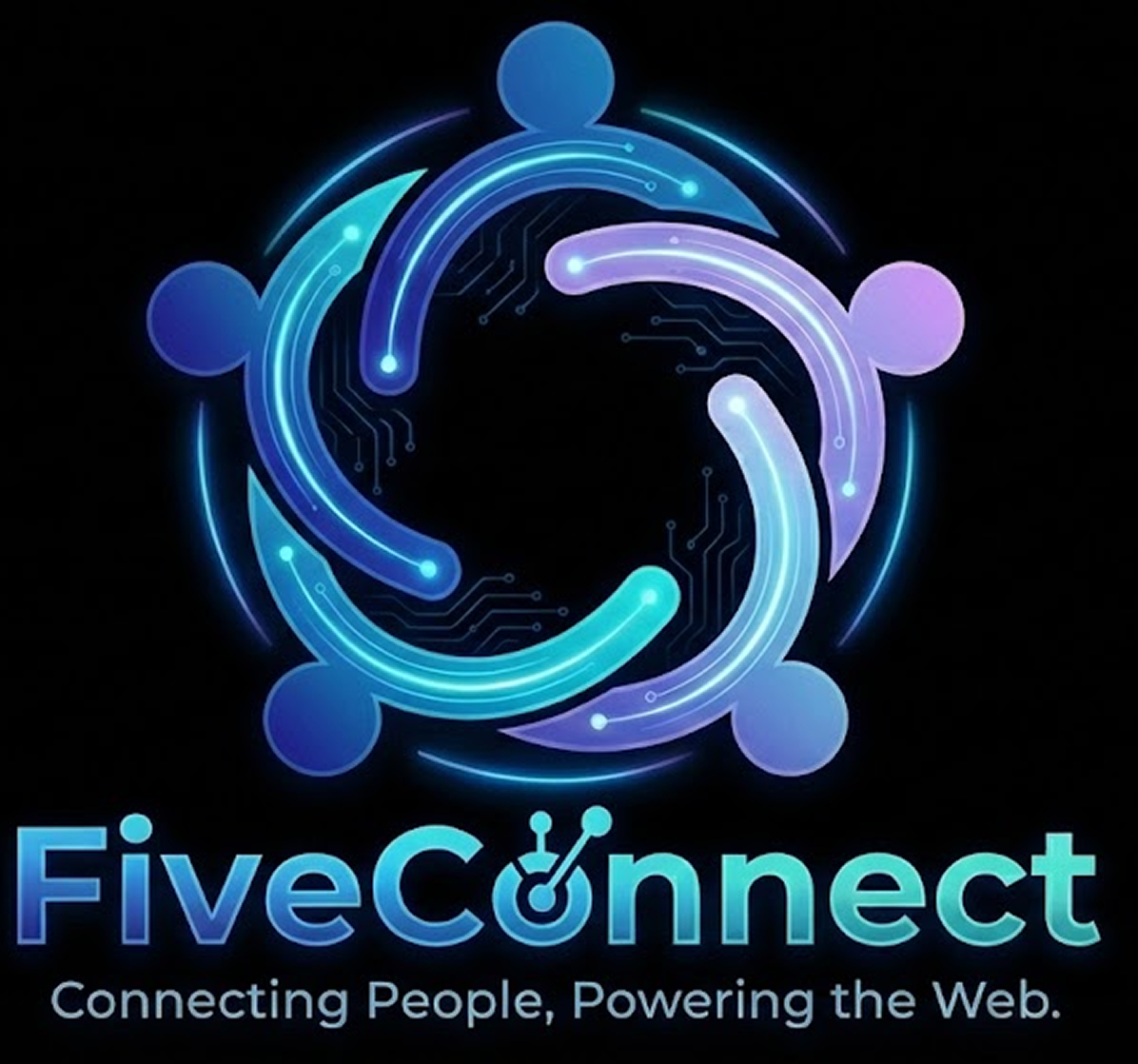The internet has transformed how businesses operate, but the pace of change is far from slowing down. Emerging technologies are reshaping connectivity, offering faster speeds, lower latency, and smarter infrastructure. Businesses that understand these trends can prepare for new opportunities while staying competitive in a rapidly evolving digital economy.
5G and beyond
The rollout of 5G networks is redefining mobile and business connectivity. With speeds up to 100 times faster than 4G and significantly reduced latency, 5G allows companies to support advanced applications like real-time data analytics, Internet of Things (IoT) devices, and immersive virtual collaboration. Looking ahead, research into 6G technology promises even more groundbreaking possibilities.
Fiber expansion
Fiber-optic internet remains the gold standard for business connectivity. Providers such as AT&T Fiber and Google Fiber continue expanding coverage, bringing high-speed, symmetrical connections to more areas. This growth supports businesses with heavy cloud computing needs, data transfers, and video conferencing.
Satellite internet innovation
Rural and underserved areas are gaining better access to fast internet thanks to satellite providers like Starlink. While latency is still higher compared to fiber, satellite advancements are closing the gap, offering small businesses outside urban areas a chance to stay connected.
Edge computing
With more data being processed outside of central servers, edge computing reduces latency and increases efficiency. This is especially important for businesses relying on IoT or time-sensitive operations, such as logistics, healthcare, and financial services.
Artificial Intelligence in networks
AI-driven networks are emerging as a way to optimize performance and detect security threats in real time. Providers are exploring how AI can automate traffic routing, predict outages, and strengthen data protection for businesses of all sizes.
Sustainability and green connectivity
As companies focus on reducing their carbon footprint, internet providers are adopting greener practices. Initiatives include energy-efficient data centers and sustainable infrastructure development, helping businesses align connectivity with corporate social responsibility goals.
Balancing innovation with affordability
While these advancements can be costly, businesses can manage expenses by combining smart provider choices with cashback opportunities. For example, companies can earn cashback with a Best Buy gift card when upgrading networking equipment or get rewards with a Staples gift card for purchasing routers, modems, and office technology. Platforms like Fluz help businesses take advantage of these innovations without overspending.
Final thoughts
The future of internet connectivity is faster, smarter, and more widely available than ever before. From 5G and fiber to AI-powered networks, businesses that stay ahead of these trends will gain an edge in productivity, efficiency, and innovation. By planning strategically and adopting cost-saving measures, companies can harness the next wave of connectivity to drive long-term success.





